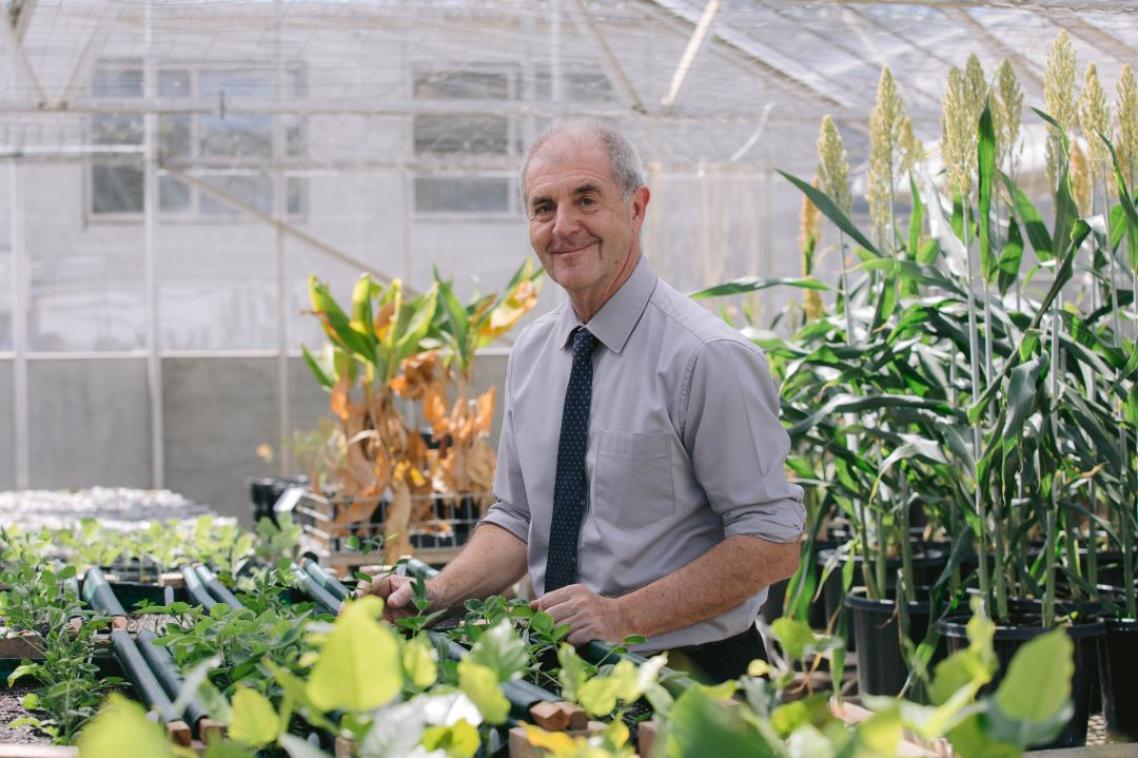IVF remains “pro-rich” despite policy changes to lower costs

(Photo credit: ARMMY PICCA/Adobe Stock )
Key points
- Dr Dhingra analysed data from 2006 and 2009, as well as 2012 to understand how income can impact access to Assisted Reproductive Technologies
- The out-of-pocket fee for patients continued to increase, making them less affordable for patients with a low income
- Despite the data being more than 10 years old, no significant progress has been made
Dr Aarushi Dhingra from UQ’s School of Economics analysed data from before and after the 2010 introduction of Medicare benefit caps, put in place to reduce government spending on Assisted Reproductive Technologies (ART).
Dr Dhingra said the caps were introduced at a time when Medicare covered approximately 80 per cent of out-of-pocket fees.
The caps helped to reduce overall medical costs but Dr Dhingra said the non-subsidised portion of IVF-type treatments remained out of reach for many lower income families.
“One cycle of IVF can still cost between $5,000 and $10,000 over the capped rebate,” Dr Dhingra said.
“Access to these vital services should not be dependent on factors such as education or income, especially with a universal healthcare system like Australia’s.
“The question we were looking to answer was if two people with different financial circumstances have reproductive issues, are they both getting equal access to the service while considering their needs?
“We found that over the period analysed, the out-of-pocket fee for patients continued to increase, which meant individuals with a higher income were more likely to use these services.”
The Extended Medicare Safety Net – providing the 80 per cent rebate once an individual or family reached an out-of-pocket cost threshold - was introduced in 2004.
Dr Dhingra said the benefit paid by Medicare on ART services subsequently increased by 300 per cent between 2003 and 2008.
The research analysed survey data from 2006 and 2009, as well as 2012 - one year after the introduction of Medicare benefit caps.
“By analysing survey and administrative data, we were able to develop a picture of how equitable these services were before and after the policy change,” Dr Dhingra said.
“Despite the data being over 10 years old, it seems that there has been no significant progress.”
Dr Dhingra said one solution would be the introduction of additional bulk-billing centres for ART services to ensure easier access for women no matter their financial status.
“Policy interventions targeted specifically at low-income populations and for those in need of ART services may improve access to fertility treatments,” she said.
The research paper was published in Economics and Human Biology.
Timeline of ART Medicare caps
2004: The Federal Government introduces the Extended Medicare Safety Net – meaning individuals or families are entitled to an 80 per cent rebate (no matter how high the cost) once an out-of-pocket threshold is reached.
2003-2008: Benefit paid by Medicare on ART services increased by 300 per cent.
2010: Medicare benefit caps are put in place in an effort to reduce government costs.
Collaboration and acknowledgements
Dr Dhingra completed the study as part of her PhD, supervised by Professor Brenda Gannon. The study was funded by the National Health and Medical Research Council Centre of Research Excellence on Women and Non-Communicable Diseases.Related articles

Plants with therapeutic health benefits: the next generation of functional foods

National endometriosis plan sees no real increase in take-up of treatments
Media contact
UQ Communications
communications@uq.edu.au
+61 429 056 139
